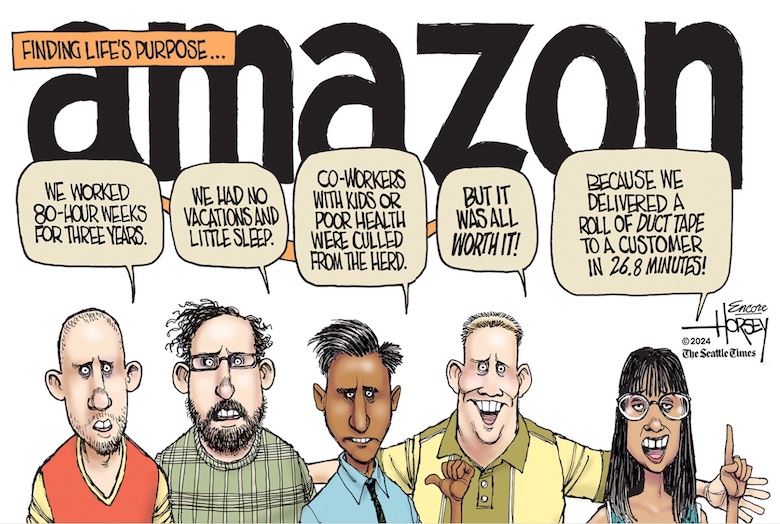Dhruv Khullar writes about the differing opinions about how to approach the so-called “‘marginal decade’ at the end of our lives, when medicine keeps us alive but our independence and capacities bleed away.” He points out that in 1900, the life expectancy at birth was 47 years. But at that time, one in five children died before the age of 10. Now life expectancy at birth is close to 77. Much of this improvement came about rapidly due to improved sanitation, antibiotics, and vaccines that have reduced infant and child mortality considerably.
But in the last six decades, increases in longevity have slowed, to only about seven years, and are more due to extending the lives of of old people, many of whom are in ill health. In other words, Khullar says, “we are prolonging the time it takes to die.” The goal of compressing mortality, i.e., shortening the gap between the end of a healthy life and death, may be slipping away.
If anything, longer lives now appear to include more difficult years. The “compression of morbidity may be as illusory as immortality,” two demographers, Eileen Crimmins and Hiram Beltrán-Sánchez, wrote in 2010. According to the World Health Organization, the average American can expect just one healthy birthday after the age of sixty-five. (Health spans are greater in countries such as Switzerland, Japan, Panama, Turkey, and Sri Lanka.)

